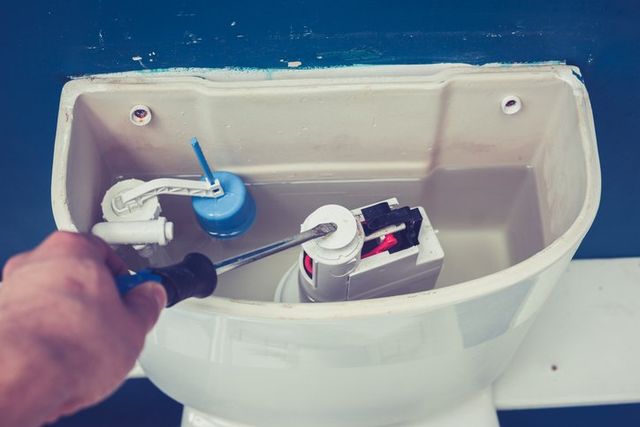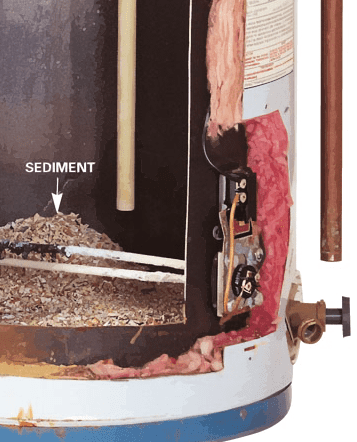Responding to the Primary Water Heater Urgencies
Responding to the Primary Water Heater Urgencies
Blog Article
What are your thoughts on Is Your Water Heater Leaking??

A hot water heater is one of one of the most essential basic devices that can be found in a residence. With water heaters, you do not need to go through the tension of home heating water by hand whenever there is a requirement to take a bath, do the laundry, or the dishes. There is always an opportunity that your water heating system would act up as with a lot of mechanical tools.
It is important to note any little malfunction and also tackle it quickly prior to things leave hand. Many times, your hot water heater starts to malfunction when there is an accumulation of debris as a result of continual use. As a safety measure, routine flushing of your hot water heater is advised to stop debris accumulation as well as stop functional failing.
Usual water heater emergency situations and just how to manage them
Too little warm water
It may be that the water heating system can't sustain the hot water demand for your home. You could upgrade your water heating system to one with a larger ability.
Varying water temperature.
Your water heater could start creating water of different temperatures usually ice chilly or scalding warm. There may be a requirement to replace either the thermostat or the home heating system of your water heating system.
Leaky hot water heater storage tank.
In this scenario, you must transform off your water heating unit, permit it to cool down, and also carefully look for the source of the trouble. At times, all you need to do is to tighten a couple of screws or pipe links in situations of minor leaks. If this does not work and the leakage continues, you might need to utilize the services of a service technician for an ideal substitute.
Stained or odiferous water
When this occurs, you need to know if the issue is from the container or the water resource. If there is no funny scent when you run cool water, then you are specific that it is your water heater that is faulty. The stinky water can be triggered by rust or the build-up of germs or debris in the water heater tank.
Final thought
Some house owners ignore little warning as well as minor faults in their hot water heater device. This just brings about further damages and a possible complete breakdown of your home appliance. You ought to deal with your hot water heater mistakes as soon as they come near stay clear of more expenses and also unnecessary emergency troubles.
With water heating units, you do not require to go with the stress and anxiety of home heating water by hand every time there is a demand to take a bath, do the washing, or the dishes. It may be that the water heating unit can't support the warm water need for your house. Your water heater could begin creating water of different temperature levels generally ice cool or hot hot. If there is no funny smell when you run cool water, then you are certain that it is your water heater that is faulty. The odiferous water can be triggered by corrosion or the accumulation of germs or debris in the water heater tank.
Common Water Heater Issues and What You Should Do
What Type of Water Heater Do You Have?
Before we begin it’s first important that you identify the type of water heater you have on your property. There are two main types of water heaters out there: conventional and high efficiency.
Both of these types of products typically use either gas or electricity to heat power. There are also solar water heaters that use a thermal collector on the roof or yard to heat the water.
While these models are not as common, they can cut heating costs in half. In this article, we will focus on conventional and high efficiency.
How Do My Electric and Gas Water Heater Work?
Though they look similar, electric and gas water heaters work very differently. It’s important to know their basic function because often problems can be specific to the heating source.
In the electric model, a thermostat on the side of the machine detects the temperature of the water in the tank. When the temperature needs to rise electricity flows to a heating element suspended in the water.
Gas models also use a thermostat device — typically with a mercury sensor at the tip and an additional sensor called a thermocouple. The thermocouple detects whether the pilot light is on and controls the flow of gas.
When the thermostat drops below the appropriate level gas is released which becomes ignited by the pilot light. The flame heats the bottom of the water tank which causes hot water to rise and cold water to drop.
This natural circulation continues until the water reaches the desired temperature. Then, the thermostat triggers the gas control valve to shut off the flow of gas.
What Are the Most Common Issues and How Do You Fix Them?
https://happyhiller.com/blog/common-water-heater-issues-and-what-you-should-do/

We were introduced to that editorial on The Importance of Water Heater Maintenance from a good friend on our other blog. Don't hesitate to take the time to promote this post if you liked it. Thanks so much for your time invested reading it.
Avoid disaster, Call us! Report this page